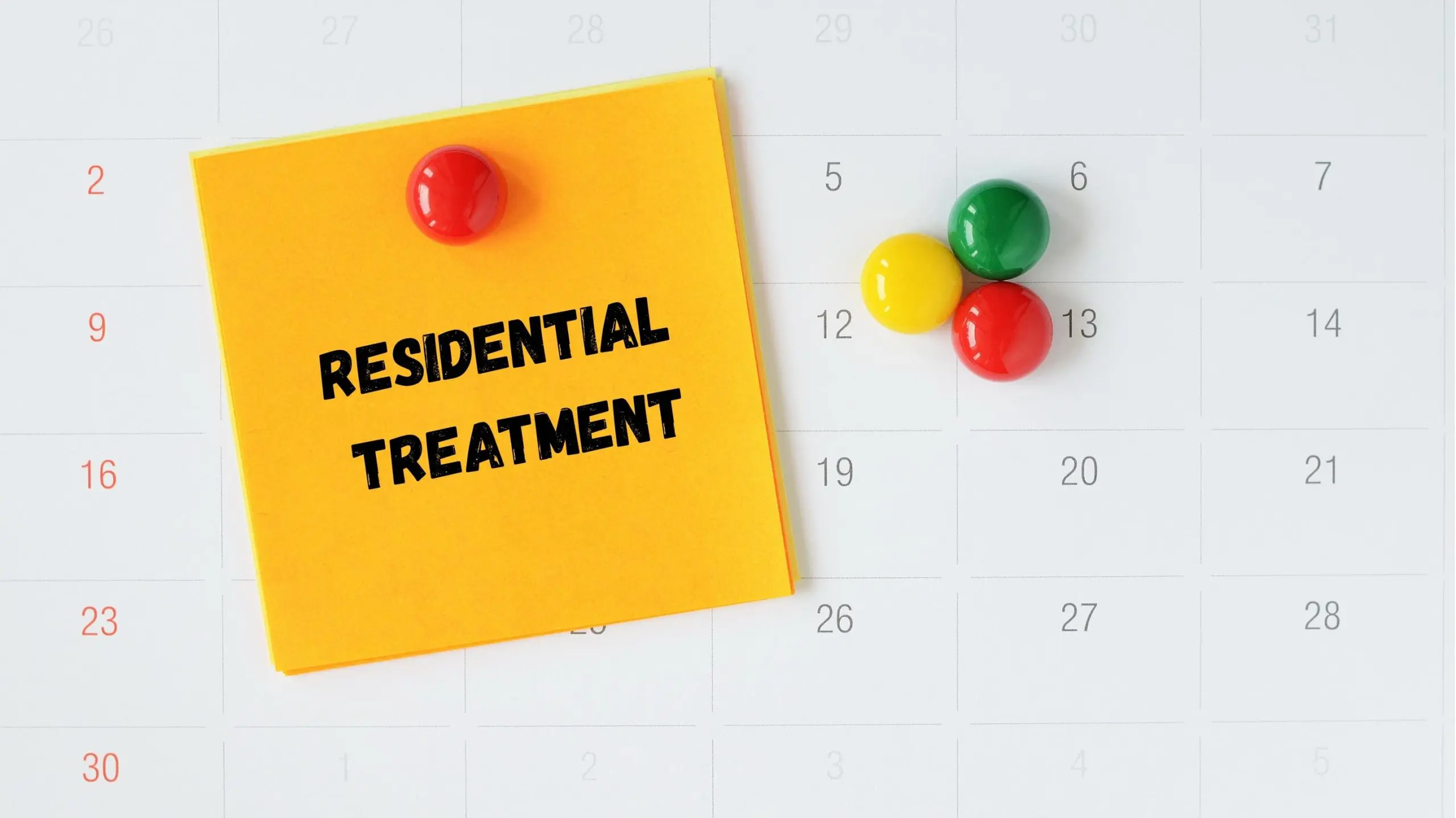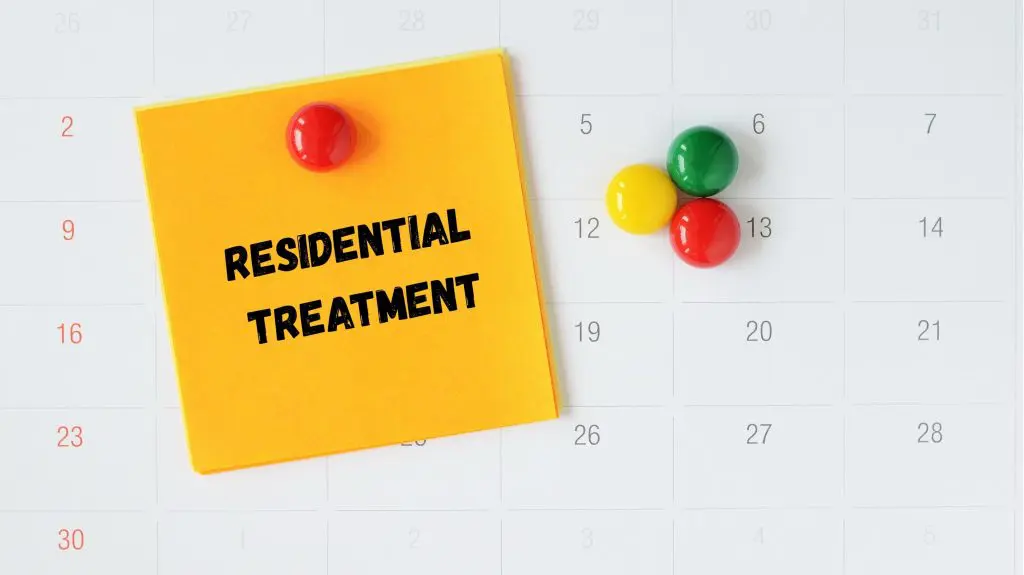

TL;DR: There’s no single “ideal” residential treatment duration. Length should follow clinical need, safety, and progress—guided by ASAM criteria and milestone checks. Below you’ll see what affects timelines, how step-downs work, and how Uplift personalizes your plan.
People often ask for a number—but the ideal residential treatment duration depends on your needs, risks, and progress. Modern guidelines prioritize the right level of care for the right time, then adjust based on milestones and safety—rather than a fixed “30/60/90 days” rule. The goal is effective, personalized care you can sustain.
Adequate time in treatment—and consistent engagement—improves outcomes. Sufficient duration and continuity help reduce relapse risk and support long-term stability.
Clinicians use the ASAM Criteria to match and update level of care across six dimensions (such as withdrawal risk, medical/mental needs, readiness to change, relapse risk, and recovery environment). It’s a national framework for placement and continued stay decisions—not a fixed calendar.
Many systems explicitly move away from fixed lengths of stay, relying instead on medical-necessity reviews informed by these dimensions.

Rather than counting days, teams check for milestones that support stepping down safely:
From there, a step-down to intensive outpatient or outpatient care maintains momentum while you practice skills in real life.
At Uplift Recovery, you’ll work with a team that reassesses your residential treatment duration weekly. If you need medical stabilization first, begin with Inpatient Detox. Then your Residential Treatment plan targets key milestones and transition points, with aftercare set before discharge.
Have insurance questions or timing constraints? Start with Insurance Verification or connect with our team via Contact.
There’s no universal “ideal” residential treatment duration. The best timeline is the one that meets your clinical needs, protects safety, and supports lasting change—and adapts as you progress.
Let’s map your next step together. Explore Residential Treatment, begin with Inpatient Detox if needed, check Insurance Verification, or contact Uplift now.


Please complete the form below for Insurance Verification. Our Admissions team will get back to you shortly.
Unfortunately, we are unable to accept Medicare or Medi-Cal at this time.
Confidential | Cost Free | No Obligations
Please complete the form below for Insurance Verification. Our Admissions team will get back to you shortly.
Unfortunately, we are unable to accept Medicare or Medi-Cal at this time.
Confidential | Cost Free | No Obligations